Germany is a country known for its rich history, stunning architecture, and picturesque landscapes. While cities like Berlin, Munich, and Hamburg are well-known, the country also has a treasure trove of lesser-known destinations waiting to be explored. These hidden gems offer unique experiences, from charming villages and medieval castles to untouched natural beauty. If you’re seeking something off the beaten path, here are some of the best hidden gems in Germany that should be on your travel radar.
1. Bamberg – A UNESCO World Heritage Gem
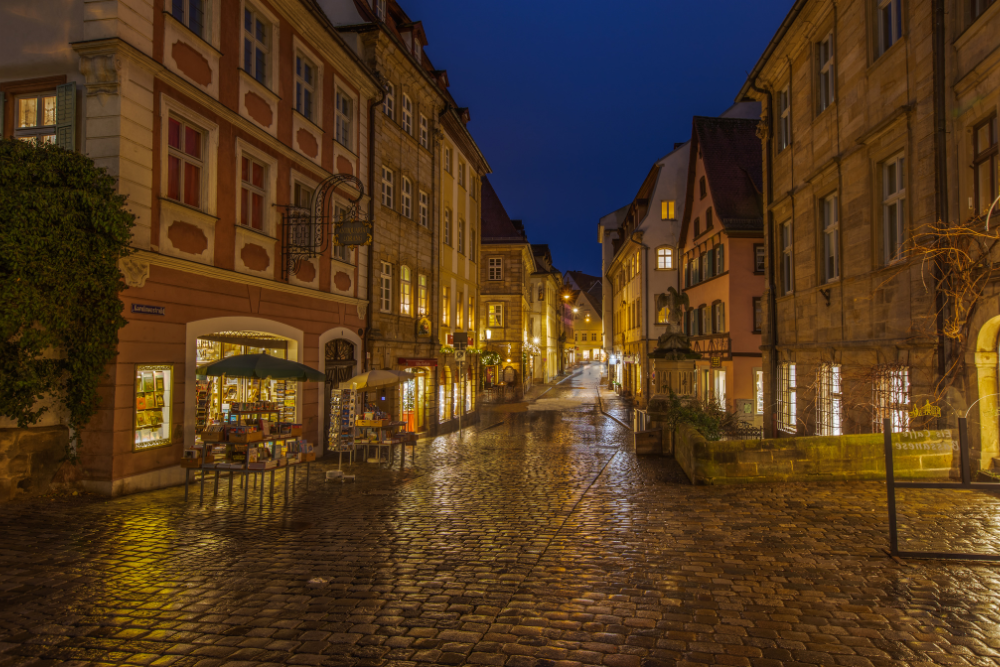
Located in the Franconia region of northern Bavaria, Bamberg is a medieval town that is often overlooked by tourists. The town’s Old Town is a UNESCO World Heritage site, boasting cobblestone streets, traditional half-timbered houses, and stunning landmarks.
One of Bamberg’s highlights is the Bamberg Cathedral, with its striking Romanesque architecture and panoramic views of the town. The town is also known for its beer culture, with several local breweries offering unique styles, including the famous smoked beer, or Rauchbier. Don’t miss a stroll along the Alte Hofhaltung (Old Court), a historical area filled with charming buildings and gardens.
2. Rugen Island – A Baltic Paradise
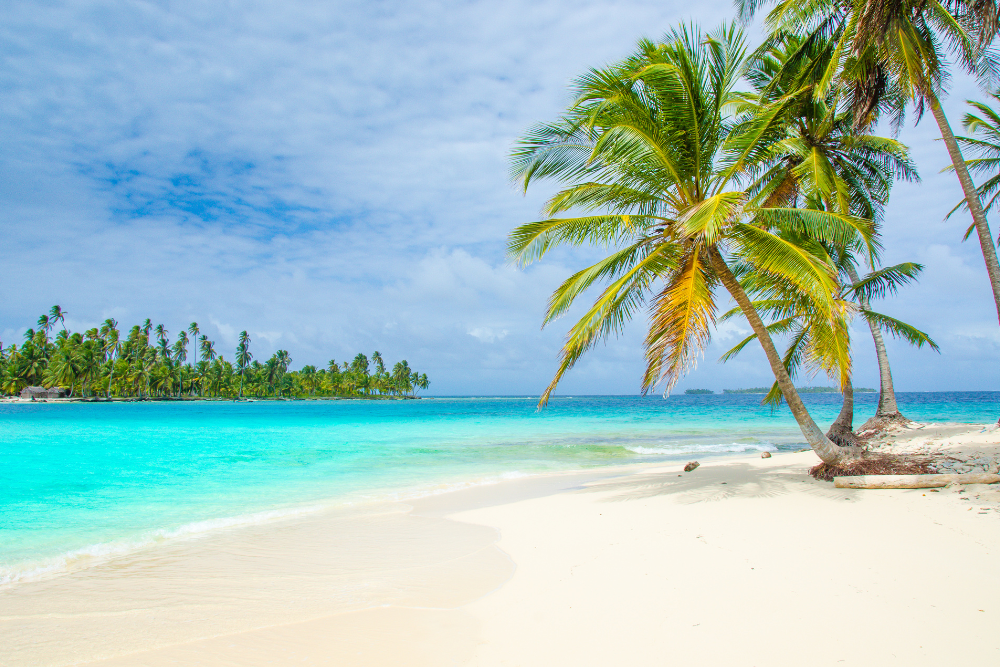
Germany’s largest island, Rügen, located in the Baltic Sea, is a perfect hidden gem for nature lovers and beach enthusiasts. The island is renowned for its dramatic white chalk cliffs, especially in Jasmund National Park, where the cliffs rise up to 100 meters above the sea.
Aside from its natural beauty, Rügen also offers quaint fishing villages, sandy beaches, and charming resorts like Binz. The island is also home to Prora, a colossal seaside resort built during the Nazi era, which now serves as a fascinating historical site. Rügen is the perfect place for hiking, cycling, and exploring Germany’s coastal beauty.
3. Quedlinburg – A Medieval Time Capsule

Quedlinburg, located in the Harz Mountains, is a well-preserved medieval town that feels like stepping back in time. With over 1,300 half-timbered houses, it’s often considered one of the most beautiful towns in Germany.
Quedlinburg’s Old Town is a UNESCO World Heritage site, and the Quedlinburg Castle offers fantastic views of the town and surrounding landscape. Visitors can also explore St. Servatius Church and wander the cobblestone streets lined with historic buildings. The town also hosts a charming Christmas market during the holiday season, adding to its magical atmosphere.
4. Meissen – The City of Porcelain
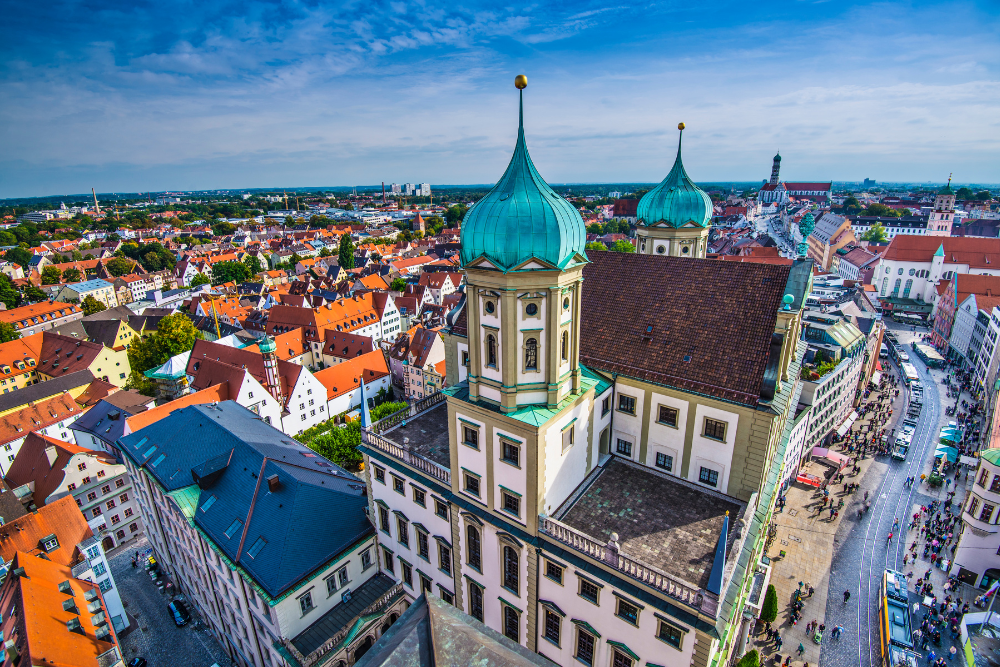
Often overshadowed by nearby Dresden, Meissen is a small but historic town located along the Elbe River. It is most famous for being the birthplace of Meissen porcelain, which has been produced here since the early 18th century. Visitors can tour the Meissen Porcelain Manufactory to learn about the delicate art of porcelain production.
Meissen’s Albrechtsburg Castle, perched high above the town, offers breathtaking views of the Elbe River and the surrounding vineyards. The town also has a charming medieval center, with narrow streets, beautiful town squares, and historic churches like Meissen Cathedral.
5. Freiberg – A Gem of Saxony
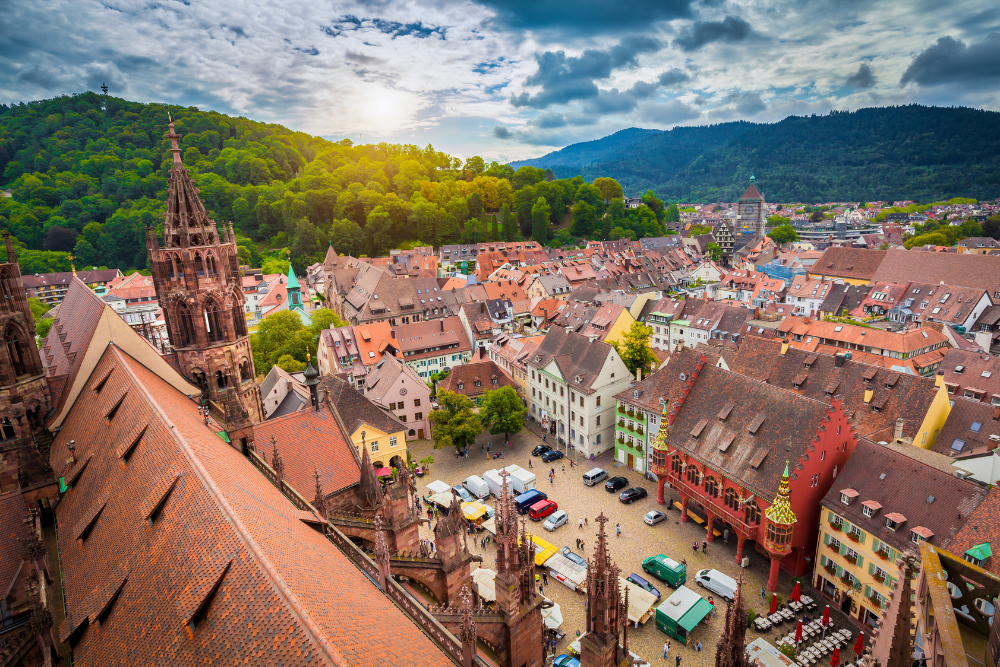
Located in the state of Saxony, Freiberg is a small mining town with a rich history and a unique charm. The town was once one of the wealthiest in Europe due to its silver mines, and much of its medieval architecture still stands today.
The Freiberg Cathedral, with its beautiful Gothic design, is a must-see, as is the Altes Rathaus (Old Town Hall), which features intricate Renaissance frescoes. Freiberg is also home to a number of local vineyards, making it a perfect stop for wine enthusiasts. The surrounding countryside, with its rolling hills and forests, offers excellent hiking opportunities.
6. Eisenach – The Birthplace of Bach
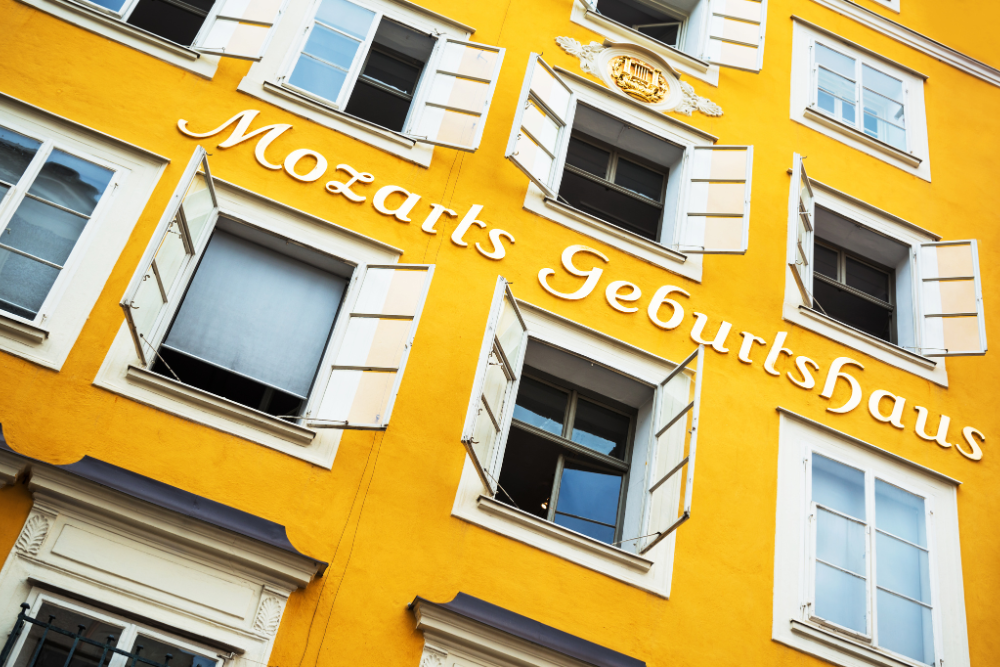
Located in the state of Thuringia, Eisenach is a historical town with a wealth of cultural heritage. It’s best known as the birthplace of composer Johann Sebastian Bach, and visitors can tour the Bach House to learn about his life and music.
Another highlight of Eisenach is the Wartburg Castle, a UNESCO World Heritage site perched on a hill above the town. The castle is not only a symbol of medieval architecture but also holds historical significance as the place where Martin Luther translated the Bible into German.
7. Tübingen – A Picturesque University Town
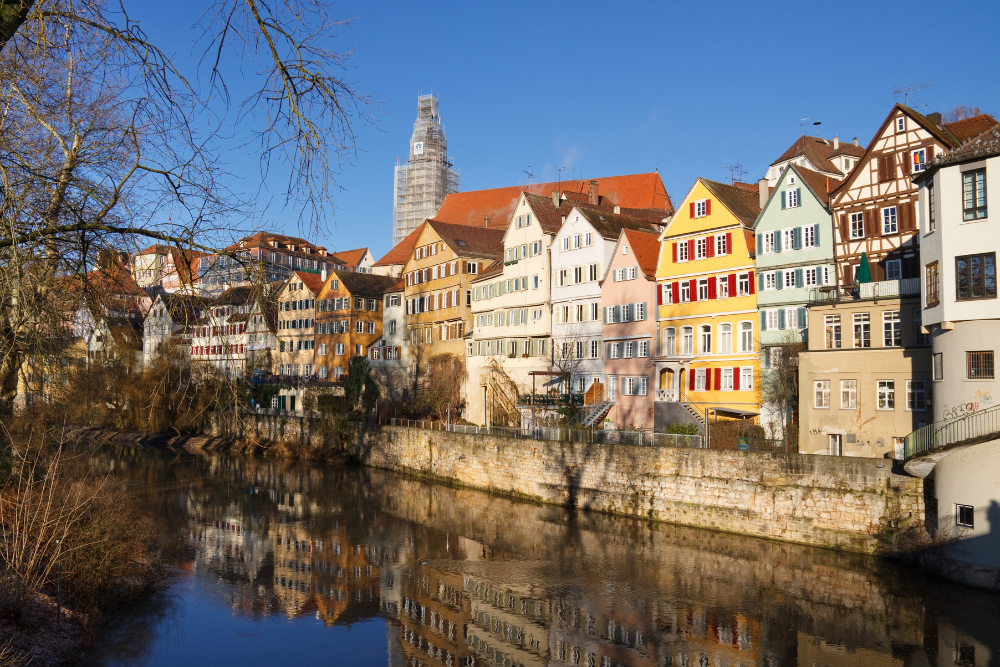
Located in the state of Baden-Württemberg, Tübingen is a charming university town that offers a relaxed and picturesque atmosphere. The town is known for its medieval architecture, including the Tübingen Castle, which overlooks the city and the Neckar River.
Take a boat ride along the river or explore the narrow streets of the Altstadt (Old Town), where you’ll find colorful houses and cozy cafes. Tübingen is also home to the Eberhard Karls University, one of Germany’s oldest universities. The town is vibrant and full of youthful energy, making it a great place to enjoy local cuisine and cultural activities.
8. Schwerin – The Fairy Tale Castle on the Lake
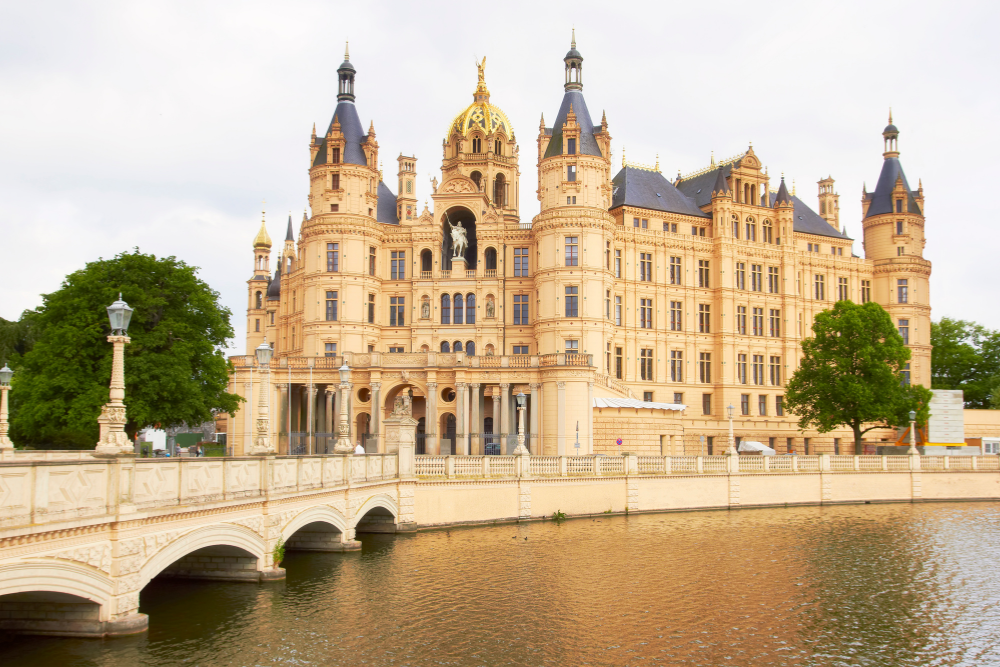
Schwerin, located in northeastern Germany, is a town straight out of a fairy tale, thanks to the stunning Schwerin Castle. This neo-Gothic masterpiece sits on an island in the middle of Lake Schwerin and is surrounded by beautiful gardens. The castle houses a museum and offers panoramic views of the lake and the town.
Schwerin’s Old Town is equally charming, with its cobblestone streets, historic buildings, and lovely cafes. The town is also home to the Schwerin Cathedral, a striking Gothic church with impressive stained glass windows. Schwerin is an ideal destination for those seeking a relaxing getaway in a picturesque setting.
9. The Swabian Alps – Scenic Beauty and Adventure
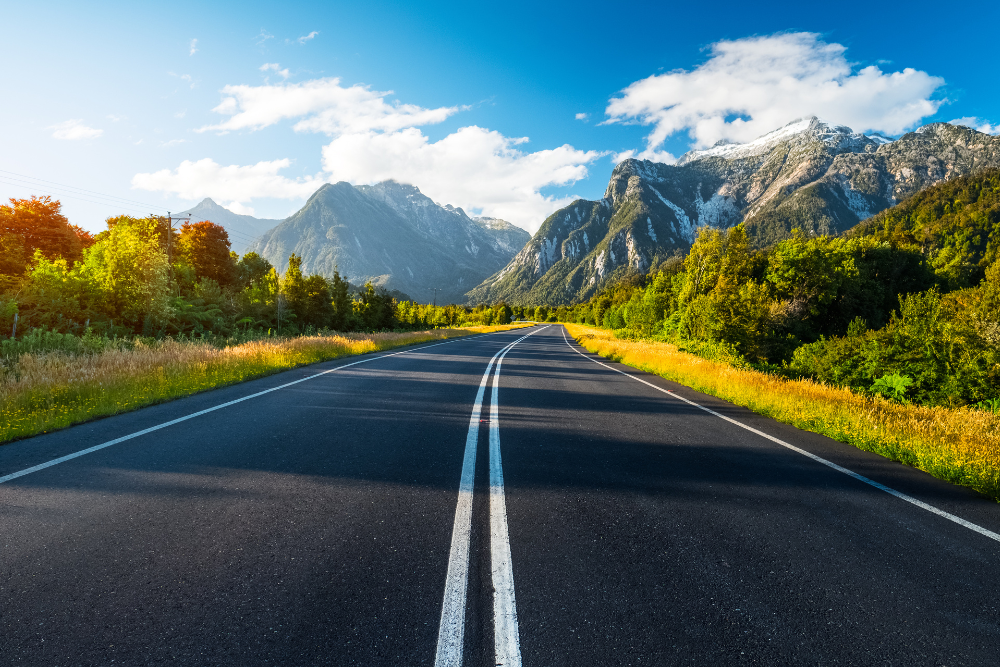
The Swabian Alps (Schwäbische Alb) are a hidden gem in southwestern Germany, offering a perfect blend of natural beauty and outdoor adventure. This region is known for its rugged limestone cliffs, dense forests, and charming villages. One of the most famous sights in the area is the Lichtenstein Castle, perched on a cliff and offering spectacular views of the surrounding landscape.
The Swabian Alps are also home to the Blautopf, a mysterious spring with strikingly blue water, and the Hohenzollern Castle, a fairy-tale castle that sits atop a mountain. For outdoor enthusiasts, the region offers excellent hiking, cycling, and rock-climbing opportunities.
10. Spreewald – A Tranquil Waterway Escape

Located just south of Berlin, the Spreewald is a tranquil natural reserve that offers a unique escape from the hustle and bustle of the city. Known for its network of waterways, the region is often referred to as the “Venice of Germany.” Visitors can explore the area by boat, paddling through peaceful canals surrounded by lush forests and meadows.
The Spreewald is also famous for its traditional pickles (Spreewaldgurken), and you can visit local farms to taste and purchase this unique delicacy. The region is perfect for cycling, hiking, or simply relaxing in nature.
Conclusion
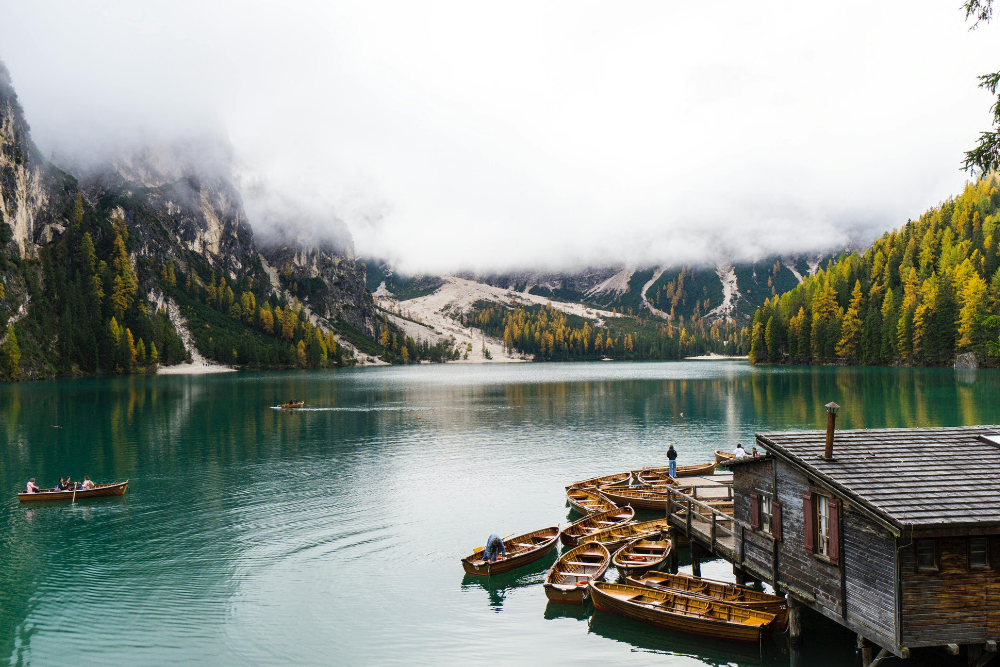
Germany is filled with hidden gems waiting to be discovered. From medieval towns like Bamberg and Quedlinburg to the natural beauty of Rügen Island and the Swabian Alps, these lesser-known destinations offer unique experiences away from the crowds. Whether you’re exploring charming villages, soaking in history, or immersing yourself in nature, Germany’s hidden gems are sure to leave a lasting impression.












